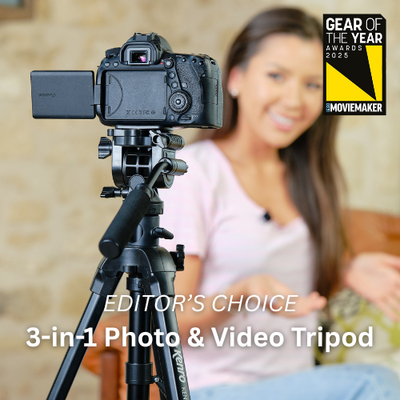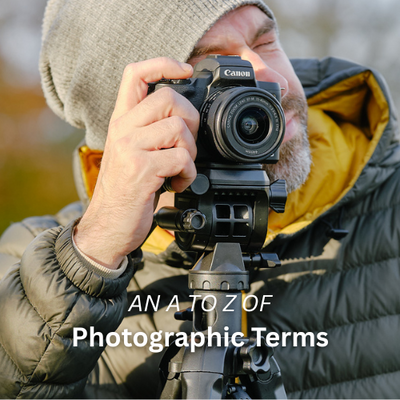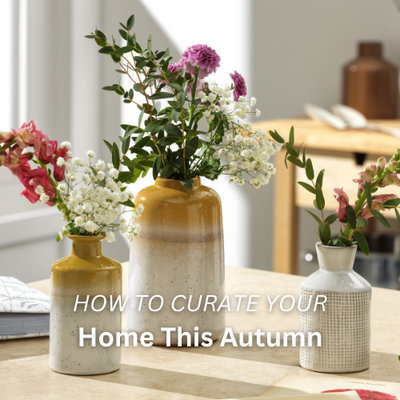When you’re just getting started with photography, your camera might seem like it has too many buttons, options and settings. But once you understand the basic camera modes, and when to use each one, you’ll have way more creative control over your shots. This guide will walk you through the main digital camera modes found on most DSLR and mirrorless cameras, explain what each one does, and offer some simple ideas for when to use them. Whether you're using your camera for holidays, portraits, food photography or even content creation, learning the modes is a great first step toward taking better photos, no complicated jargon required.
What Are Camera Modes?
Your camera’s mode dial is usually a wheel on the top of the body with letters like P, A/Av, S/Tv, and M, along with icons like a mountain or a running person. Each one tells the camera how much control you want versus how much it should handle automatically.
Let’s break them down.
1. Auto Mode (Green Box or Camera Icon)
Best for: Absolute beginners, quick snaps, and casual shooting
This is the fully automatic setting. The camera decides everything for you, from shutter speed, aperture, ISO, white balance, so all you need to do is point and shoot.
🟢 Use it when: You’re just starting out or capturing quick moments like a family BBQ or spontaneous day trip.
🔧 Helpful Kenro Gear: Pair Auto Mode with a lightweight, portable tripod like the Kenro Compact Travel Tripod to keep your shots steady without having to adjust settings manually.
2. Program Mode (P)
Best for: Beginners who want some control, but not too much
In Program Mode, the camera still sets your aperture and shutter speed automatically but you can tweak other settings like ISO and white balance. It’s a great stepping stone between full Auto and full Manual.
🟢 Use it when: You’re experimenting and want to start taking creative control without feeling overwhelmed.
💡 Try this: Set your ISO manually and see how it affects your images in low light or sunny conditions. Add a soft light source like the Kenro Smart Lite Bi-Colour Compact Panel for indoor shots to help manage tricky lighting.
3. Aperture Priority (A or Av)
Best for: Portraits, food photography, and blurry backgrounds
This mode lets you choose the aperture (the size of the lens opening), and the camera adjusts the shutter speed to match. A lower number like f/1.8 gives a shallow depth of field (blurry background), while a higher number like f/11 keeps more of the scene in focus.
🟢 Use it when: You want that “pro-looking” soft background in portraits or close-ups.
🔧 Helpful Kenro Gear: Try using a tripod like the Kenro Karoo Ultimate Travel Tripod Kit to keep your shots sharp while playing with aperture, especially in low light.

4. Shutter Priority (S or Tv)
Best for: Action shots, waterfalls, and motion blur
This setting allows you to control the shutter speed, while the camera adjusts the aperture. Use a fast shutter speed (like 1/1000s) to freeze movement—great for sports or kids running around. Use a slow shutter speed (like 1/10s or slower) to create motion blur, like light trails or silky water.
🟢 Use it when: You’re photographing motion, or want to get creative with long exposures.
💡 Don’t forget: For long exposure shots, a tripod is essential to prevent blur. You can explore all of Kenro's tripod collection, all offering excellent stability for longer shutter speeds.
5. Manual Mode (M)
Best for: Full creative control, product photography, and studio setups
Manual Mode puts you in charge of everything (aperture, shutter speed, ISO and white balance). It can feel intimidating at first, but once you understand the exposure triangle (how aperture, shutter and ISO work together), this mode offers the most flexibility.
🟢 Use it when: You’re in a controlled environment, like a home studio or product shoot, and want consistent results.
💡 Top tip: Combine Manual Mode with consistent lighting, like the Kenro Smart Lite 19” RGB Ring Light Kit, to control every element of your shot.
6. Scene Modes (Icons like Mountain, Running Person, Night, Macro)
Best for: Quick results tailored to specific subjects
Scene modes are built-in pre-sets for specific situations:
- Portrait Mode: Soft background and flattering skin tones
- Landscape Mode: Wide depth of field for sweeping scenes
- Sports Mode: Fast shutter speeds to freeze motion
- Macro Mode: Ideal for flowers, food, or tiny subjects
- Night Mode: Slower shutter for low-light scenes (use a tripod!)
🟢 Use it when: You’re not ready for manual settings but want better results than full Auto can offer.

Which Mode Should You Use?
Here’s a simple breakdown to help:
| Shooting Style | Suggested Mode |
| Everyday snapshots | Auto / Program |
| Portraits | Aperture Priority |
| Sports & Action | Shutter Priority |
| Landscapes | Aperture Priority or Landscape Scene |
| Low-light / Long Exposure | Manual Mode + Tripod |
| Studio/Product Photography | Manual + Smart Lite LED Panels |
You don’t need to know everything to start shooting, you just need to start.
And with the right mode (and a little practice), you’ll be amazed at how quickly your photography improves.
📷 Explore Kenro's range of tripods and Smart Lite LED lighting to support your learning and help your photos look their best from the start.



